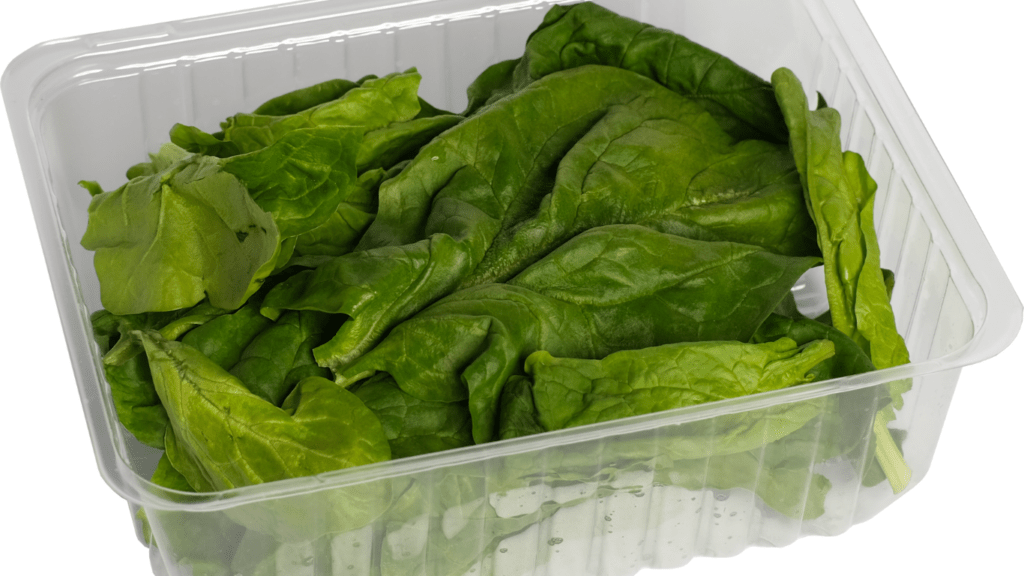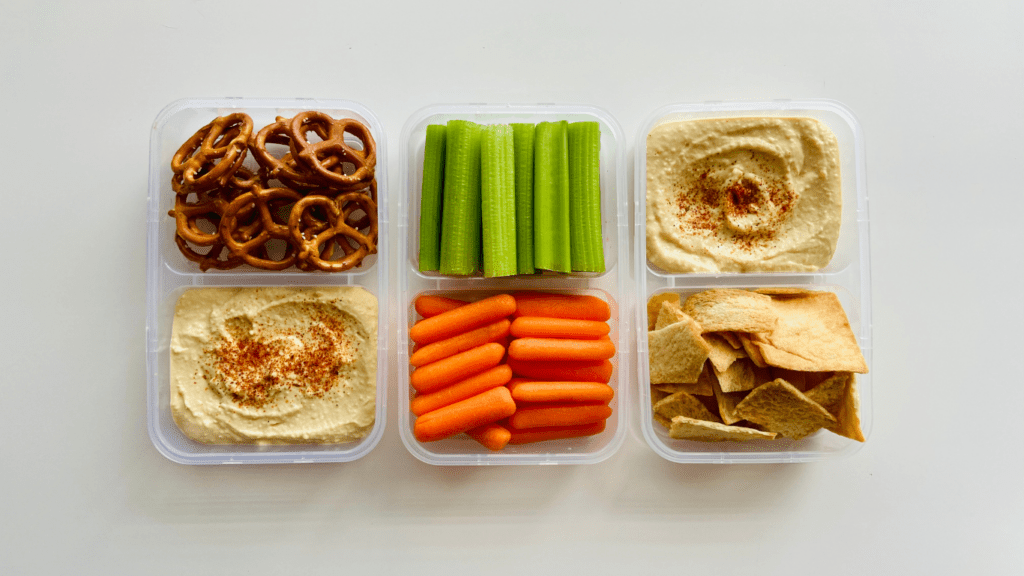Heading out into the great outdoors can be an exhilarating experience, but it also comes with the responsibility of coexisting with wildlife. In my years of camping adventures, I’ve learned the importance of proper food storage to keep unwanted animal visitors at bay. Whether you’re camping in the backcountry or at a designated campsite, implementing the right food storage techniques is crucial for your safety and the well-being of wildlife.
Wild animals have a keen sense of smell and can be attracted to the scent of food from miles away. In this article, I’ll share practical tips and strategies I’ve gathered over the years to help you protect your food supplies and prevent encounters with wildlife during your camping trips. By following these food storage guidelines, you can enjoy a peaceful and undisturbed camping experience while respecting the natural habitat of the creatures that call the wilderness their home.
Importance of Proper Food Storage
Implementing proper food storage practices is crucial when camping to mitigate the risk of wildlife encounters. Maintaining a safe distance between wildlife and human food sources is essential for both camper safety and the well-being of the animals. By adhering to effective food storage techniques, campers can minimize the chances of attracting wildlife to their campsite and avoid potential conflicts with these creatures.
Proper food storage not only safeguards campers and prevents property damage but also helps preserve the natural behaviors of wildlife. When food is left unattended or improperly stored, it can lure animals closer to human activity areas, disrupting their natural habitats and potentially endangering both the animals and the campers. Therefore, following recommended food storage guidelines is not only a matter of safety but also a way to show respect for the wilderness and its inhabitants.
Adhering to best practices for food storage while camping can create a harmonious coexistence between humans and wildlife, fostering a peaceful camping experience for all. By taking proactive measures to secure food supplies and maintain a clean campsite, campers can enjoy the beauty of nature without causing harm to the wildlife that inhabits these outdoor spaces. Proper food storage is a fundamental aspect of responsible camping that contributes to the preservation of the environment and the protection of both campers and wildlife.
Choosing the Right Containers
When it comes to storing food while camping, selecting the appropriate containers is crucial to keeping wildlife away from your campsite. By choosing sealable containers and bear-proof options, you can effectively safeguard your food supplies and prevent unwanted animal encounters.
- Sealable Containers
Opt for sturdy, sealable containers that can securely hold your food items. Look for containers with tight-fitting lids or locking mechanisms to ensure a proper seal. These containers not only keep your food fresh but also prevent scents from escaping, reducing the risk of attracting wildlife to your campsite. Be sure to pack any leftovers or food scraps in these sealable containers to maintain a clean campsite and minimize odors that may lure animals. - Bear-Proof Containers
Consider investing in bear-proof containers for storing food in bear country. These specialized containers are designed to withstand bears’ attempts to access the contents. Opt for bear-resistant models that feature durable materials and secure locking mechanisms. When camping in areas with a bear presence, using bear-proof containers is a reliable way to deter bears from getting to your food stash. Ensure you properly lock and secure these containers to prevent any mishaps during your outdoor adventure.
Location and Height for Food Storage
When storing food at a campsite, I always emphasize the importance of choosing the right location and height to prevent wildlife encounters. Placing your food storage in the right spot significantly reduces the chances of attracting animals to your campsite.
To ensure effective food storage, I recommend selecting a spot that is at least 100 yards away from your sleeping area. This distance helps keep wildlife away from your tent while you rest. Additionally, opt for a location that is downwind from your camping area to minimize the scent of food reaching animals.
Regarding height, it’s essential to hang your food supplies at least 10 to 15 feet above the ground and 4 feet away from any vertical support, such as tree trunks. This height and distance make it challenging for animals to reach your food and helps prevent curious critters from accessing your supplies.
By choosing the right location and height for food storage at your campsite, you can significantly reduce the risk of wildlife encounters and enjoy a safer camping experience for both yourself and the animals in the surrounding wilderness.
Implementing Odor Control Measures
When it comes to keeping wildlife away from your campsite, implementing effective odor control measures is crucial. I’ll share some practical tips to help you minimize food smells that could attract animals to your camping area.
Seal Food in Airtight Containers
Store all food items in sealable containers to prevent strong odors from escaping and attracting wildlife. This simple step can make a significant difference in keeping animals at bay.
Use Odor-Proof Bags
Consider using odor-proof bags designed specifically for camping to store your food. These specialized bags are built to contain scents effectively, minimizing the risk of attracting unwanted animal visitors.
Double-Bag Fragrant Items
For particularly fragrant items like trash or food scraps, double-bagging can help contain odors more effectively. Place these items in two layers of sealed bags to add an extra barrier against scent dispersion.
Clean Up Thoroughly
After meals, make sure to clean up thoroughly and dispose of food waste properly. Rinse dishes with biodegradable soap away from the camping area and store all waste in odor-proof bags or containers.
Dispose of Greywater Properly
Greywater from cooking and cleaning can also attract wildlife due to food residue. Dispose of greywater at designated areas, following Leave No Trace principles to minimize environmental impact and reduce odors that may draw animals.
By following these odor control measures diligently, you can significantly decrease the chances of wildlife encounters at your campsite, ensuring a safer and more enjoyable outdoor experience for everyone.



 Ashleyen Gurganusoon, the founder of Terra Tactician Tactics, has always had a profound passion for the great outdoors and a deep-rooted belief in the power of nature to inspire and transform lives. With a background steeped in adventure and exploration, Ashleyen launched Terra Tactician Tactics to share her love for nature and to create a platform where outdoor enthusiasts of all levels can find valuable resources, expert advice, and the latest trends in outdoor activities. Her vision is to empower people to embrace the challenges and beauty of the wild, providing them with the knowledge and confidence to venture safely and enjoyably into nature.
Under Ashleyen’s leadership, Terra Tactician Tactics has become a trusted source for outdoor and survival enthusiasts worldwide. Her dedication to curating high-quality content on camping, hiking, backpacking, fishing, hunting, and adventure travel reflects her unwavering commitment to fostering a community that shares her passion for the outdoors. Ashleyen's approach is driven by her desire to help others experience the joys of nature and adventure while prioritizing safety, sustainability, and respect for the environment. Through Terra Tactician Tactics, she continues to inspire countless individuals.
Ashleyen Gurganusoon, the founder of Terra Tactician Tactics, has always had a profound passion for the great outdoors and a deep-rooted belief in the power of nature to inspire and transform lives. With a background steeped in adventure and exploration, Ashleyen launched Terra Tactician Tactics to share her love for nature and to create a platform where outdoor enthusiasts of all levels can find valuable resources, expert advice, and the latest trends in outdoor activities. Her vision is to empower people to embrace the challenges and beauty of the wild, providing them with the knowledge and confidence to venture safely and enjoyably into nature.
Under Ashleyen’s leadership, Terra Tactician Tactics has become a trusted source for outdoor and survival enthusiasts worldwide. Her dedication to curating high-quality content on camping, hiking, backpacking, fishing, hunting, and adventure travel reflects her unwavering commitment to fostering a community that shares her passion for the outdoors. Ashleyen's approach is driven by her desire to help others experience the joys of nature and adventure while prioritizing safety, sustainability, and respect for the environment. Through Terra Tactician Tactics, she continues to inspire countless individuals.